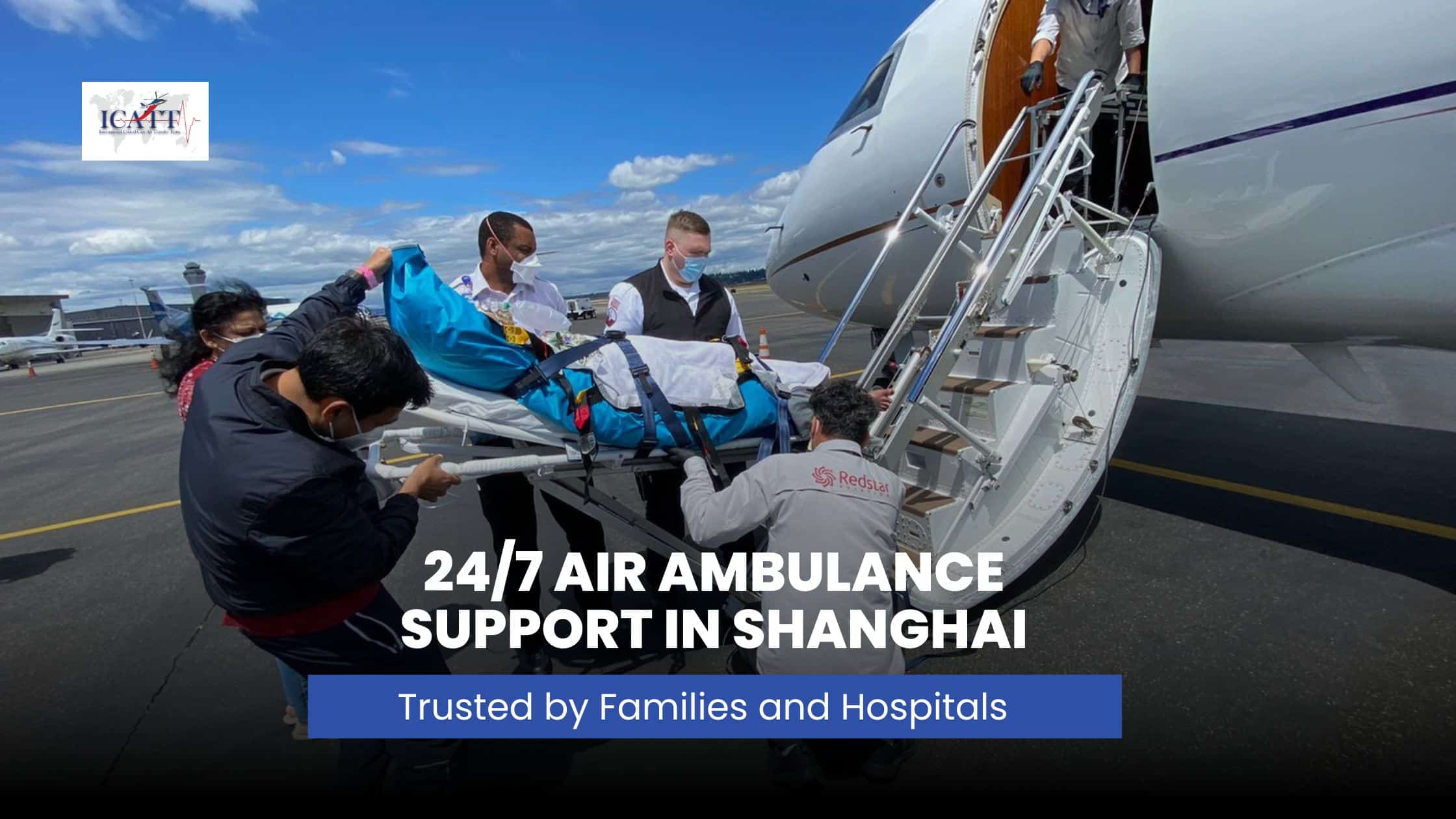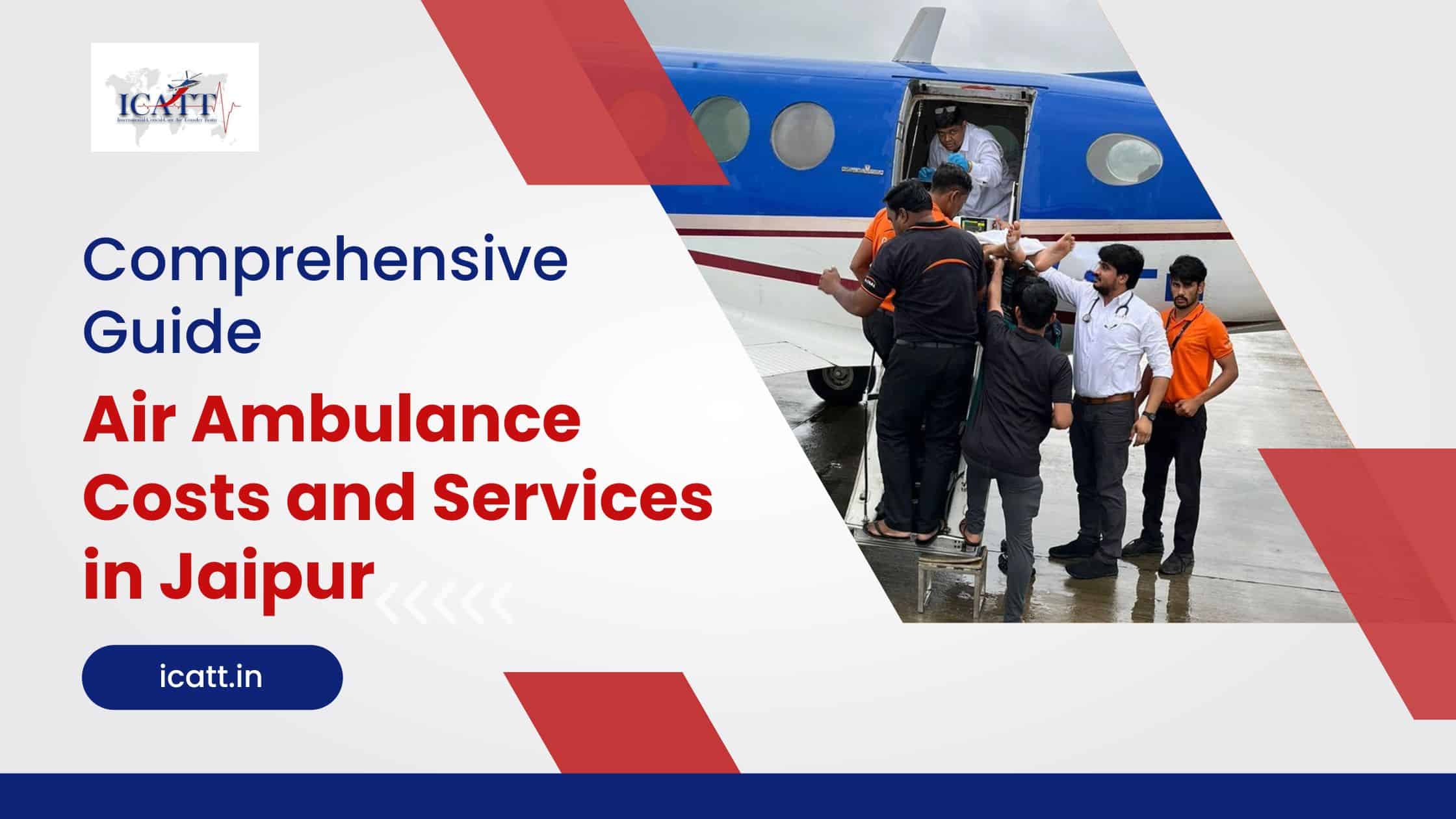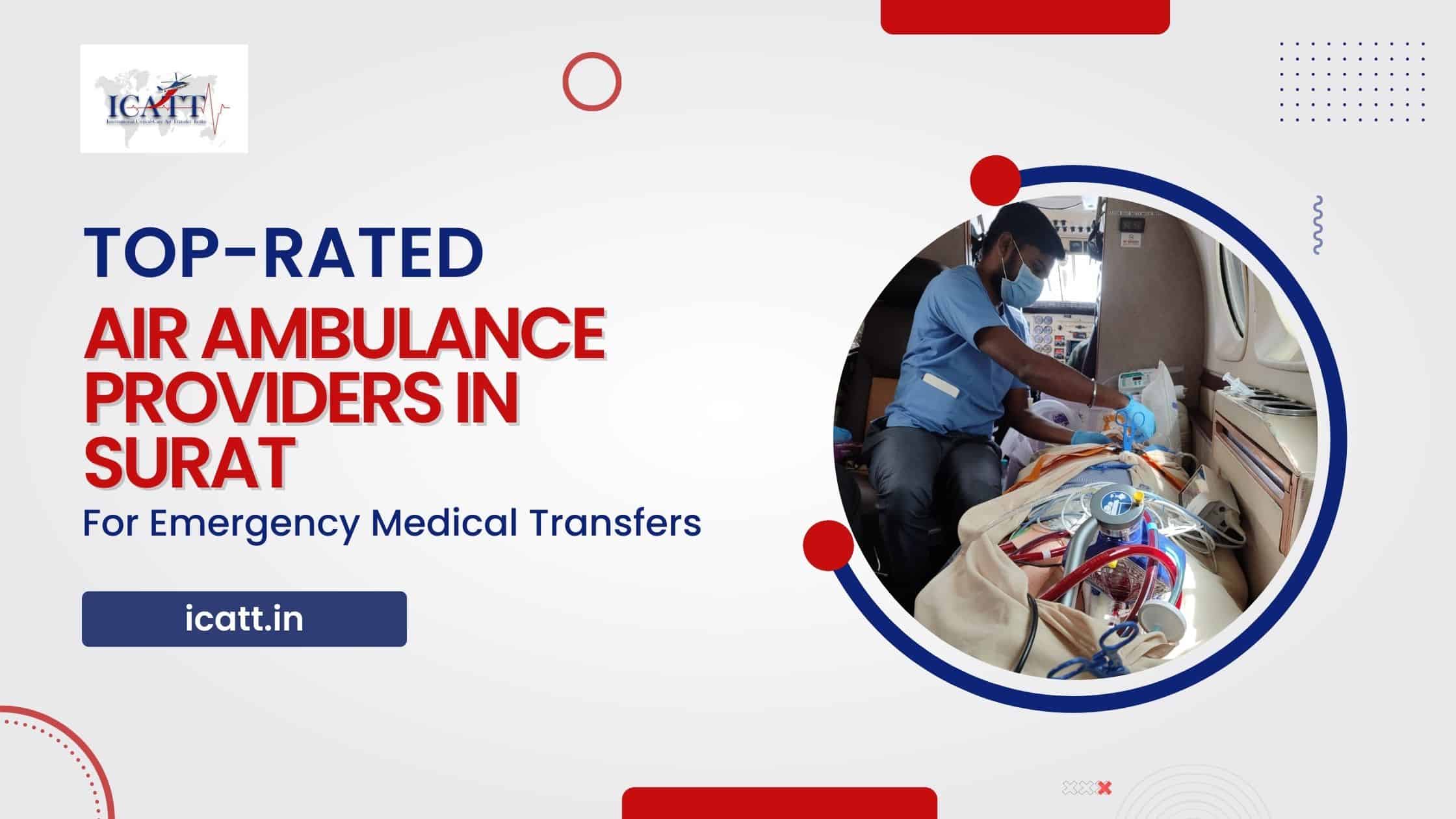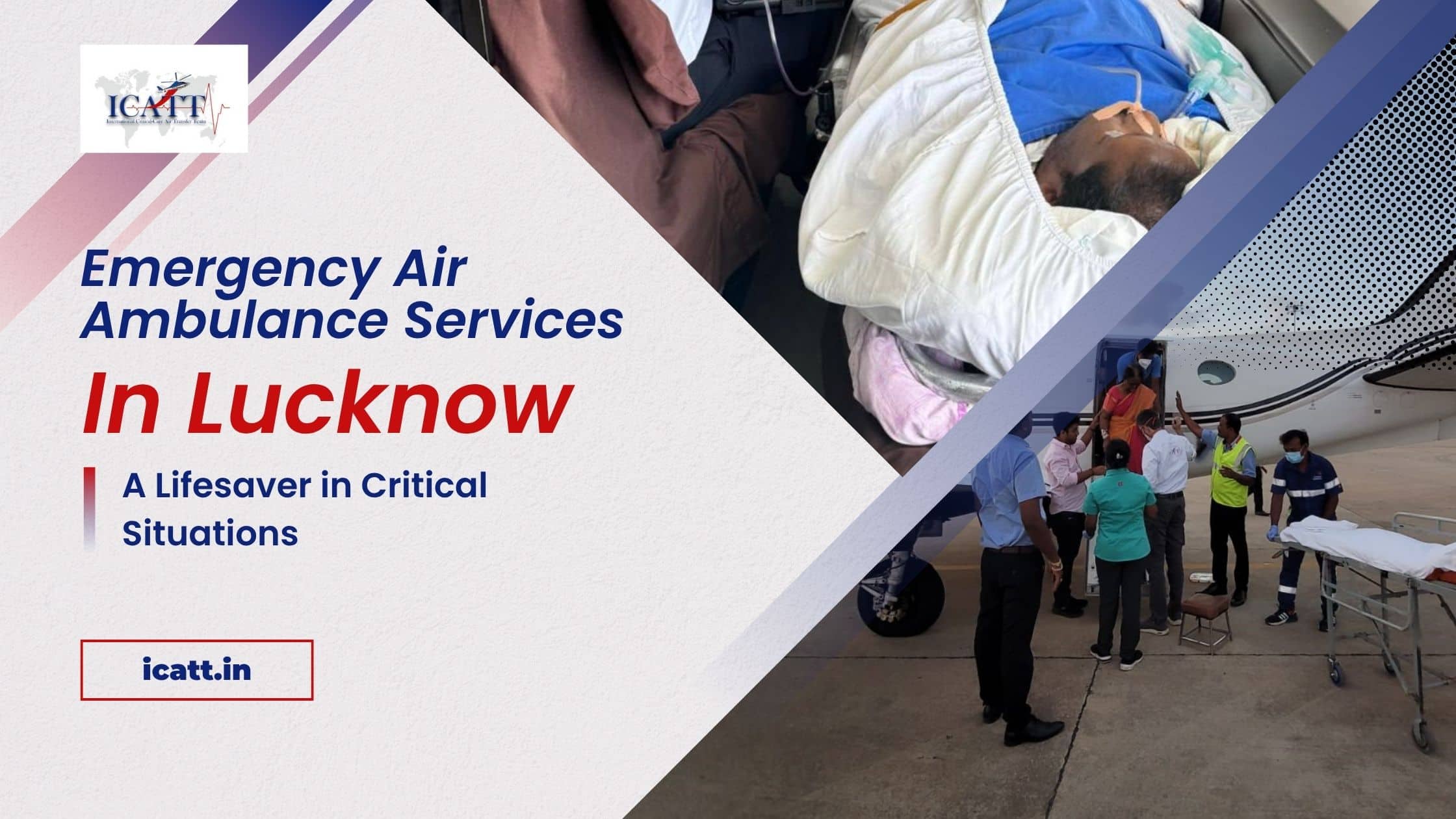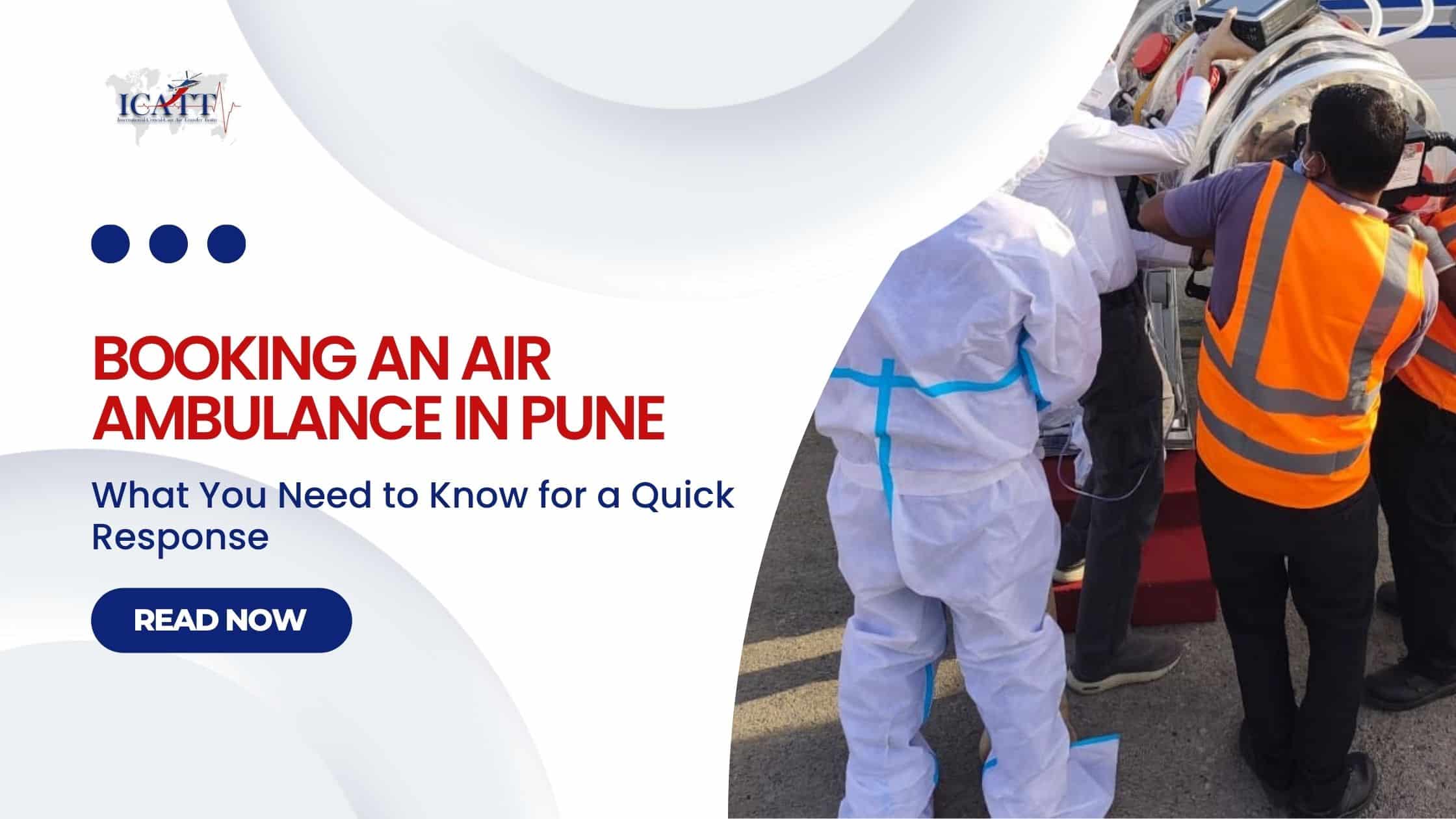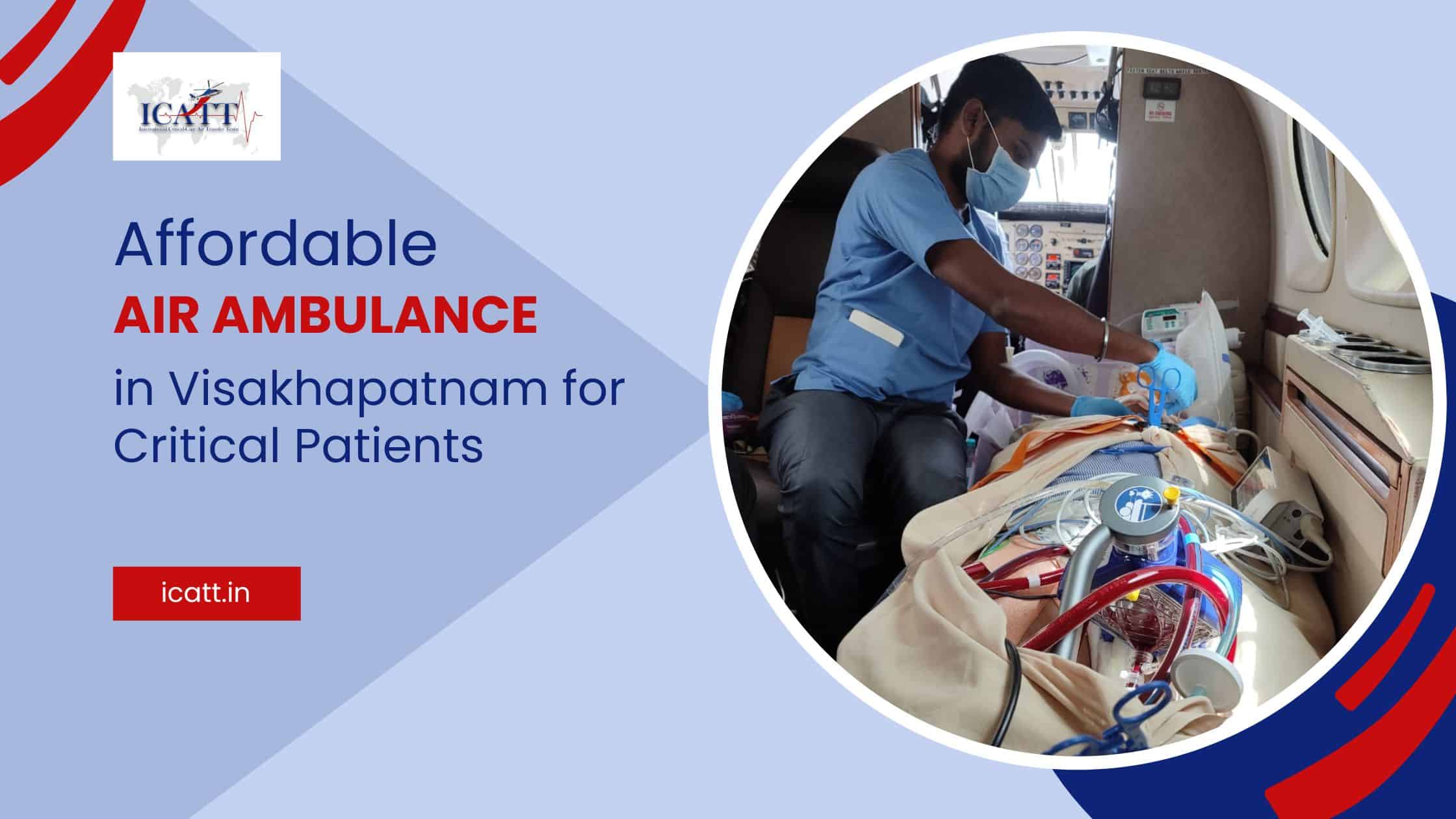In healthcare, distance can often decide destiny. Imagine a patient in need of emergency treatment might not get to the right hospital for treatment due to a few hundred kilometers.
Surat has witnessed a lot of such cases where human lives were lost simply because timely medical access was out of reach. That is why in such moments it is now suggested to opt for an air ambulance service. It has become more than just a means of travel, because it now connects cities like Surat and Mumbai for seamless emergency transfers as well.
These airborne ICUs help to deliver critical care during emergency medical evacuation from Surat to Mumbai. This service ensures that time never stands between a patient and survival, even in the air. From specialist doctors to ICU-grade equipment, each flight is designed with one mission: to keep patients stable, safe, and one step closer to recovery. Basically, it has become hope with wings.
Surat’s Fast Growth, and the Urgent Need for Faster Healthcare
Surat isn’t just known as a city of diamonds and textiles anymore. Today, it’s India’s ninth-largest urban hub, one of the fastest-growing metros, a center for infrastructure development, and home to millions of businessmen, techies, and working professionals. With every passing year, the city is witnessing its number of advanced hospitals growing and doing commendable work in every medical treatment.
Yet, when life seriously depends on time, even the best ground transport (ground ambulances) can fall short in Surat. Yes, you read that right. Surat now faces everyday heavy traffic and long road distance issues. These issues come in between complex medical conditions, which makes it impossible to wait. That’s where emergency medical evacuations, particularly via air ambulance in Surat, step in to bridge the gap of delay in treatment.
Surat’s proximity to Mumbai (just 250 km away) makes it an ideal route for air transfers. A journey that would take 6–7 hours by road takes under 60 minutes by air, with medical care continuing mid-flight.
Case Relevance: From Surat to Mumbai in the Golden Hour
Cardiac arrests, head injuries, organ transplants, or neonatal emergencies. Each of these categories is of critical care and can have one deciding factor: speed.
For example: A 52-year-old man from Gujarat is suffering from a major heart attack in Surat’s Katargam area. He needs angioplasty within an hour, and doctors at Mumbai’s Kokilaben Hospital are ready to perform surgery. But the distance by road is tough to cover within the golden hour. Here, the air ambulance services can make a difference by covering the hours of travel within 90 minutes, and the patient can receive treatment in time.
This single mission reflects the power of organized emergency medical evacuations, the ability to save lives not through chance, but through coordination, skill, and time management.
Understanding Air Ambulances: Flying ICUs That Save Minutes and Lives
An Air ambulance in Surat isn’t just a plane; it’s a highly functional ICU in an aircraft.
These specially modified aircraft are equipped with:
- Advanced life-support systems: There are every required medical device available to stabilize the patient. For example: ventilators, defibrillators, infusion pumps, etc.
- Critical care tools: In case of emergency, there is a requirement for emergency medications and diagnostic kits on an urgent basis, like cardiac monitors, suction units, and oxygen supply. These tools are also available on aircraft.
- Specialized units: For any kind of infectious case, there is availability of neonatal incubators or isolation pods
Above all the facilities, the most important help is onboard doctors and paramedics trained in aeromedical protocols. These specialists are trained to make clinical decisions at 20,000 feet, which makes a real difference in saving a life.
Depending on the need, there are two main types of medical aircraft used for transfers between Surat and Mumbai:
| Type | Best For | Response Time | Landing |
| Helicopter Air Ambulance | This is considered ideal for intra-state emergencies or shorter distances | 30–60 mins | Hospital helipads, airports, open fields |
| Fixed-Wing Aircraft (Charter Flight) | Best suited for long-distance or international evacuations | 1–3 hrs | Surat Airport or Mumbai Airport terminals |
These “flying hospitals” are designed not just for speed, but for patient safety, comfort, and continuity of medical care.
How an Air Ambulance Transfer from Surat to Mumbai Works: Step by Step
Having clarity on what will happen next during crisis mode makes the situation stable. Here’s what a typical medical evacuation looks like:
- Initial Contact and Case Assessment
Once the family or hospital contacts the service provider, the operations team collects:- Patient’s current medical reports
- Hospital contact details
- Destination preference shared by family members or doctors
Once this part is clear, then a senior doctor reviews the case and recommends the most suitable aircraft and onboard medical setup. This helps to make transfers more suitable
- Flight and Ground Ambulance Coordination
Once the process begins there are arrangements made for two ground ambulances. One in Surat to transport the patient to the airport, and one in Mumbai for immediate transfer upon landing. This helps save time saving lives.
The coordination team ensures:- Route permissions from aviation authorities
- Runway slot confirmation
- Real-time weather assessment
- Medical equipment checks before takeoff
- Onboard Monitoring During Flight
Since the emergency time of travel is critical, the entire journey of 45–60-minute flight, the onboard doctor and paramedic continuously monitor vital signs and manage oxygen, cardiac, or ventilator support. The team also ensures the family members are allowed to accompany the patient (based on aircraft capacity).
- Handover at Destination Hospital
Once the aircraft lands at Mumbai airport, the patient is seamlessly moved into the waiting ambulance and taken straight to the ICU by the experts on board. The medical team ensures a complete handover to the receiving doctors.
From call to handover, this process takes approximately 2 to 3 hours. In critical care timelines, that’s the thin line between life and loss.
Why Surat Needs Air Ambulance Connectivity with Mumbai
While Surat has strong local medical infrastructure, Mumbai remains the go-to city for:
- Organ transplants and cardiac surgeries
- Complex neurosurgical and oncology treatments
- ECMO and advanced pediatric care
- Multidisciplinary ICUs and trauma centers
These cases cannot afford delays in any situation. That’s why patients in Surat and even nearby cities like Navsari, Bharuch, or Ankleshwar now completely rely on Air ambulance in Mumbai. This is to ensure fast, medically supervised transfers to the right medical care centers.
In addition, you must be aware that Surat is a hub of industries (textile mills, construction, and chemical industries). However, as fancy as it sounds, being a hub of industries, there are a lot of workplace accidents that take place every day. So, in such cases as well, quick access to air evacuation services ensures injured workers reach specialized trauma hospitals in record time.
Emergency Medical Evacuations: Beyond City Transfers
The demand for emergency medical evacuations is no longer limited to domestic routes. Many Indian and foreign nationals use Surat as a base for international transfers as well from Mumbai airport to destinations like Dubai, Singapore, or London.
These global evacuations are coordinated with consulates, insurance agencies, and international hospitals, which is a process that experienced providers handle smoothly. From medical clearance to documentation, everything is managed under one roof.
Air ambulances also serve another critical purpose, like medical repatriation, where patients (or mortal remains) are flown back to their home country safely and respectfully.
Comparing Ground vs. Air Ambulance — A Quick Reality Check
| Aspect | Ground Ambulance | Air Ambulance (Surat–Mumbai) |
| Speed | The average speed of Ground ambulances is 6–7 hours (250 km) | On the other hand, it’s 45–60 minutes for air ambulances including takeoff/landing |
| Accessibility | Road-dependent, traffic delays likely | Direct airport-to-hospital route |
| Medical Equipment | Basic or advanced (depending on type) | ICU-grade life-support onboard |
| Medical Team | Paramedics or nurses | Doctor + paramedic specialized in critical care |
| Weather Dependency | Minimal | Subject to flight clearance |
| Best For | Local or stable transfers | Critical, unstable, or long-distance patients |
While ground ambulances are efficient for intra-city movement, air transfers redefine what “emergency response” truly means, especially for critically ill patients.
Choosing the Right Air Ambulance Provider
When selecting a provider for air ambulance in Surat or air ambulance in Mumbai, families should always look for:
- Experience and Medical Licensing – Certified providers with aeromedical credentials
- Bed-to-Bed Coordination – Seamless link between both hospitals
- Onboard Medical Crew – Specialized doctors and paramedics onboard as required
- Transparent Pricing – Clear cost breakdown with no hidden fees is essential
- 24/7 Availability – Round-the-clock response time under 90 minutes because it reflects their commitment
Note: Ensure you ask for real mission references from the trusted operators. Once they share case studies or testimonials that showcase successful patient transfers, only then finalize the transfer with them.
You can always rely on ICATT for air medical transfers because we take lifeline routes that save time and lives. In recent years, we have completed dozens of successful transfers from Surat to Mumbai for cardiac, neonatal, trauma, and cancer care. What makes this route vital is not distance but readiness of ICATT team. Families, hospitals, and corporate sectors in Gujarat now understand the importance of keeping emergency medical evacuations on speed dial. From advanced onboard ICUs to end-to-end coordination, these services prove that healthcare logistics have evolved beyond roads. ICATT flies with purpose, precision, and compassion.
Because in critical care, it’s not just about moving patients.
It’s about moving life forward.

